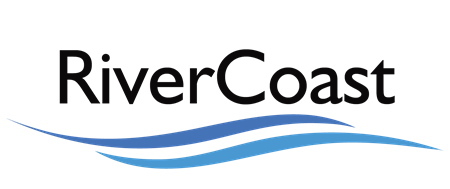Objectives: Trip Leader Candidates must have knowledge of symptoms, prevention, and management of hypothermia and hyperthermia.
Course application and suggestions: Here, ACA Trip Leader guidelines asks us to focus on hypothermia (cold) and hyperthermia (heat illness) in addition to getting first aid training (preferably in wilderness setting). I suggest looking at peer-reviewed and regularly updated source material – Wilderness Medical Society (WMS). The “big three” wilderness medicine training providers for lay people – Wilderness Medical Associates (WMA), Wilderness Medical Institute (WMI-NOLS), and SOLO all reference WMS for source material.
The key for preventing both hypothermia and hyperthermia is appropriate clothing (including hats and sunglasses) for both cold and sun plus proper nutrition and hydration (body fuel). I prefer protective clothing over suntan lotion due to environmental issues with lotions and problems with slippery paddles. We can discuss and showcase during the class.
As with all academic articles, I recommend reviewing the abstract/introduction, conclusions, and – especially here – the tables and figures in these practice guidelines. (Please note that you can download an easier to read PDF and click for updates.) Above all else, please avoid old texts and QuackMD websites. Just skim the good stuff, instead. Below are two of the helpful figures from WMS.
Hypothermia
Dow, J. et al. (2019). Wilderness Medical Society Clinical Practice Guidelines for Out-of-Hospital Evaluation and Treatment of Accidental Hypothermia. Wilderness & Environmental Medicine, Volume 30, Issue 4, S47 – S69 DOI: https://doi.org/10.1016/j.wem.2019.10.002

Hyperthermia (Heat Illness)
Lipman, G. S.. et al. (2019). Wilderness Medical Society Clinical Practice Guidelines for the Prevention and Treatment of Heat Illness Wilderness & Environmental Medicine, Volume 30, Issue 4, S33 – S46 DOI: https://doi.org/10.1016/j.wem.2018.10.004


